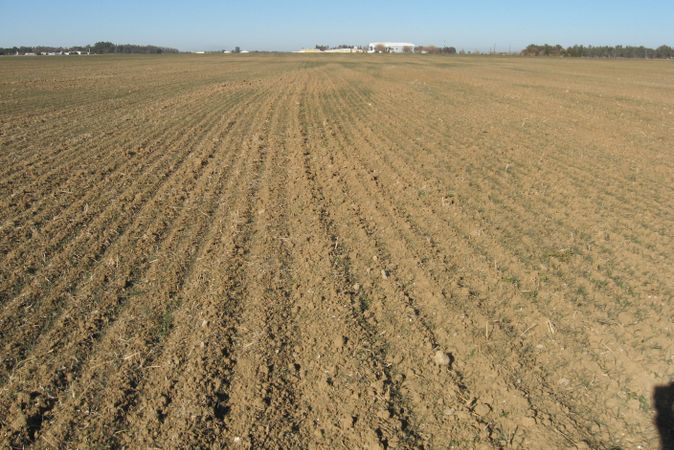I can taste them now - sweet cherry tomatoes fresh off the vine, zesty radishes straight from the ground, and spicy jalapenos off a plant that just won’t quit. There will also be cool cucumbers to complement Romaine lettuce, varieties of onions and potatoes, and of course more zucchini than any one family can eat, most of which will be given away or made into the newly discovered (for me) zucchini bread. And the next best thing after eating these delicious garden treats? They’ll go right back into the soil to help future generations of vegetables grow.
Turning food scraps into usable, organic fertilizer has become a popular way to create the loamy black soil that makes gardens thrive. In fact, it’s easy to do and decreases your trash output. Simply create a bin or start a pile for your compost, which is decomposed organic material such as grass clippings, vegetable scraps, even coffee grounds, near your garden for easy access.
Loamy black soil is the result of creating organic fertilizer.
Organic matter improves soil structure, moisture retention, drainage and the microbial life of the soil. An adequate amount in the soil can also help ensure that nutrients are available to plants on a steady basis and that the soil structure enhances root growth. Organic fertilizers dole out the nutrients more slowly than chemical fertilizers, so plant roots are less likely to burn up from receiving too high a dose.
Note: Never put meat by-products into your compost pile. They will help breed infectious diseases and attract insects and certain mites that’ll wipe out an entire garden. Plus, if you have dogs, they may spend their free time digging in the garden for those morsels of meat they can smell.
Make a Bin or Pit
For the urban gardener, there are bags you can purchase at your local home and garden store to serve as compost bins. These are actually pretty handy because they’ll help you avoid a mess and are built to hold in heat, which activates the breakdown process almost immediately. Spray water onto your compost once you’ve filled the bag and cover it with a tarp to let the heat and moisture do its job.
Turn the Compost Often
To allow the vegetable by-products to break down quicker, turn the compost pile as frequently as possible. Compost needs air to break down and turning it will also help avoid mold. Spray it with water if you’re experiencing a drought. The faster that all separate units decompose to become one body of organic fertilizer, the sooner they can be applied to the garden.
Dole It Out Evenly
The best way to begin your plant bed is by working the organic fertilizer evenly into the ground in early spring. Spread an even layer throughout the garden and work it into the soil with a tiller, hoe or shovel. (We definitely recommend a motorized tiller). Always know your soil’s alkalinity before starting. If you’re too far off the lucky pH number of 7 (neutral), you’ll need to add the proper ingredients to balance it out. Then, apply fertilizer.
Once it’s time for the vegetables to be planted, add an additional amount of organic fertilizer with the soil around the plant. The roots of a young plant will require more nutrients in their infant stage, the first week or so. As the summer progresses and your vegetable plants near fruition, keep an eye out for weeds trying to smother anything you’d like to eat. But don’t fret over a few invasive grasses entering your garden, simply throw them into the compost pile. The cycle never ends.







